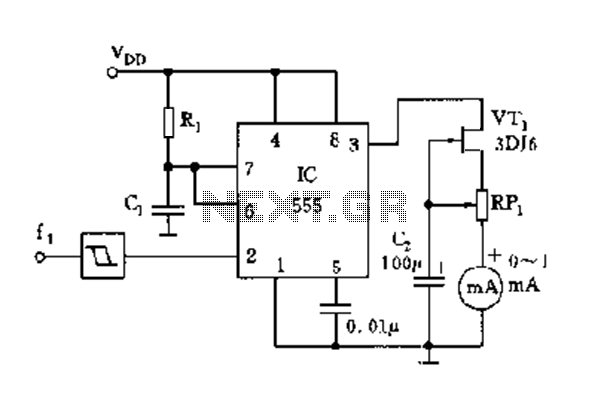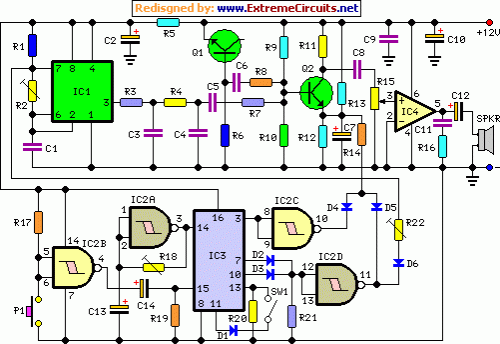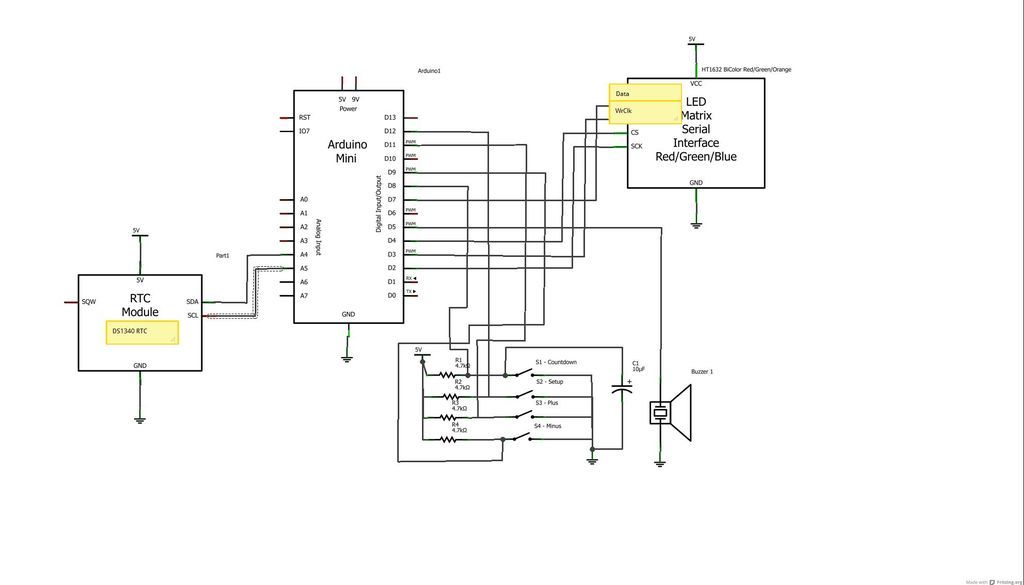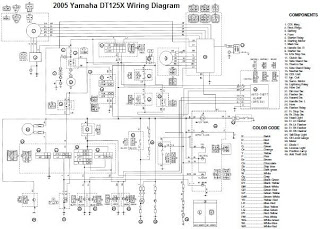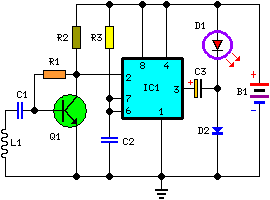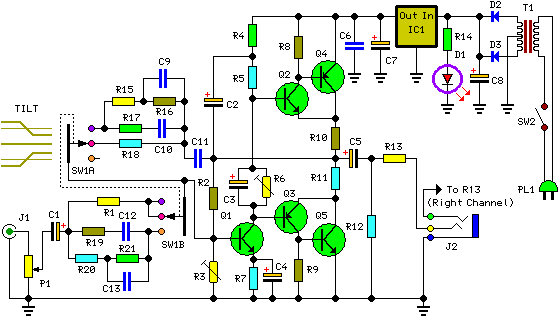
schematic clock
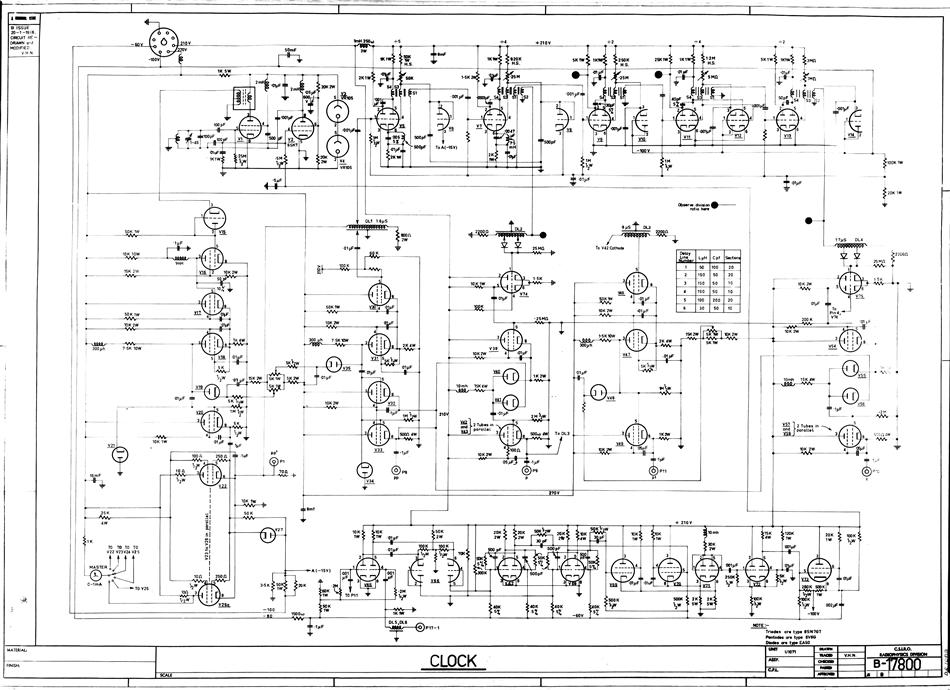
A hard copy schematic diagram related to the computer CSIRAC. The schematic diagram illustrates the detailed connections between all components in the circuit. It is used for building the circuit and later for testing. For CSIRAC, the most common components were vacuum tubes (valves), capacitors, and resistors.
The schematic diagram of the CSIRAC computer serves as a crucial reference for understanding the intricate relationships between its various components. This diagram provides a visual representation of the electrical connections and pathways, which is essential for both the construction and troubleshooting of the circuit.
In the context of the CSIRAC, vacuum tubes played a pivotal role as the primary active components, functioning as switches and amplifiers within the circuit. These vacuum tubes, or valves, were responsible for controlling the flow of electrical signals and were integral to the computer's operation. The schematic would detail the arrangement of these tubes, including their pin configurations and interconnections, enabling engineers to follow the signal path throughout the system.
Capacitors, another key component depicted in the schematic, are used for energy storage and filtering within the circuit. They help in stabilizing voltage levels and smoothing out fluctuations, which is vital for the reliable operation of the computer. The schematic would illustrate the placement of capacitors in relation to other components, indicating their values and the specific points in the circuit where they connect.
Resistors, also frequently featured in the CSIRAC schematic, are employed to limit current flow and divide voltages within the circuit. The diagram would specify the resistance values and their positions, which is important for ensuring the proper functioning of the circuit and preventing damage to sensitive components.
Overall, the schematic diagram is an indispensable tool for engineers and technicians working with the CSIRAC computer. It facilitates a comprehensive understanding of the circuit's architecture, allowing for effective assembly, maintenance, and troubleshooting of this historic computing device.Schematic diagram in hard copy relating to the compurter CSIRAC. Schematic diagram shows the detailed connections between all the components in a circuit. They are used to build the circuit and later for testing. For CSIRAC, the most common components were vacuum tubes (valves), capacitors and resis.. 🔗 External reference
The schematic diagram of the CSIRAC computer serves as a crucial reference for understanding the intricate relationships between its various components. This diagram provides a visual representation of the electrical connections and pathways, which is essential for both the construction and troubleshooting of the circuit.
In the context of the CSIRAC, vacuum tubes played a pivotal role as the primary active components, functioning as switches and amplifiers within the circuit. These vacuum tubes, or valves, were responsible for controlling the flow of electrical signals and were integral to the computer's operation. The schematic would detail the arrangement of these tubes, including their pin configurations and interconnections, enabling engineers to follow the signal path throughout the system.
Capacitors, another key component depicted in the schematic, are used for energy storage and filtering within the circuit. They help in stabilizing voltage levels and smoothing out fluctuations, which is vital for the reliable operation of the computer. The schematic would illustrate the placement of capacitors in relation to other components, indicating their values and the specific points in the circuit where they connect.
Resistors, also frequently featured in the CSIRAC schematic, are employed to limit current flow and divide voltages within the circuit. The diagram would specify the resistance values and their positions, which is important for ensuring the proper functioning of the circuit and preventing damage to sensitive components.
Overall, the schematic diagram is an indispensable tool for engineers and technicians working with the CSIRAC computer. It facilitates a comprehensive understanding of the circuit's architecture, allowing for effective assembly, maintenance, and troubleshooting of this historic computing device.Schematic diagram in hard copy relating to the compurter CSIRAC. Schematic diagram shows the detailed connections between all the components in a circuit. They are used to build the circuit and later for testing. For CSIRAC, the most common components were vacuum tubes (valves), capacitors and resis.. 🔗 External reference
